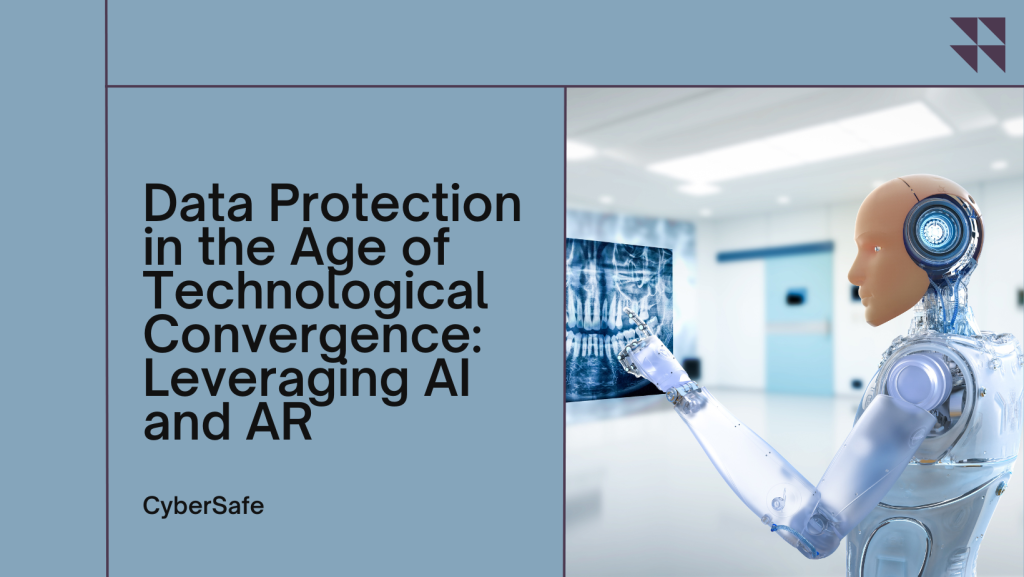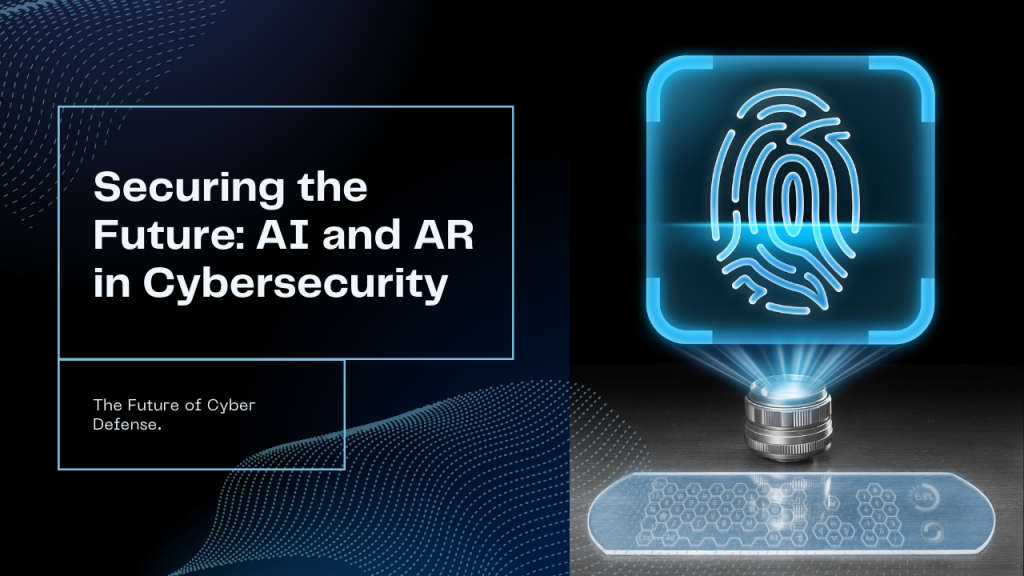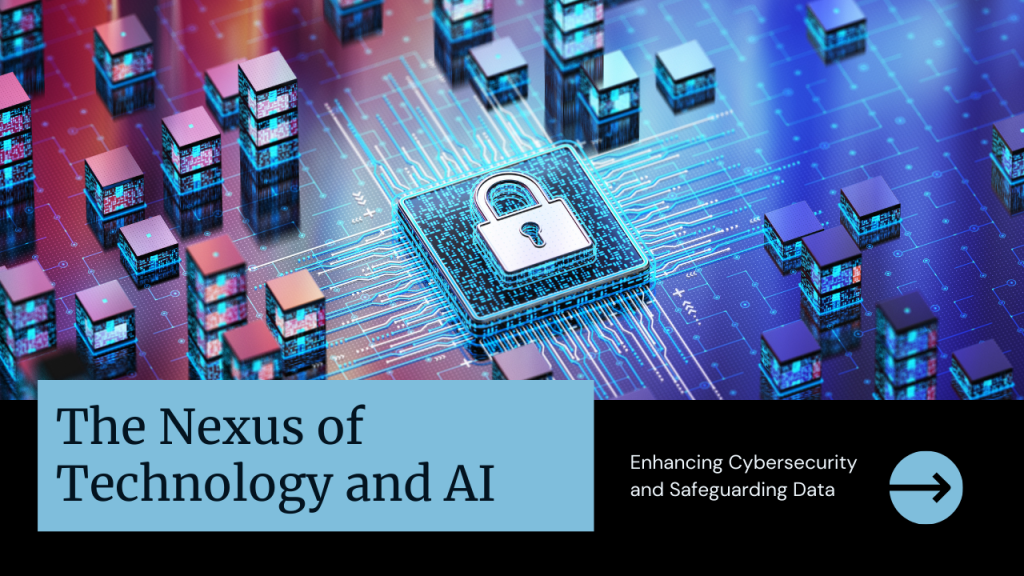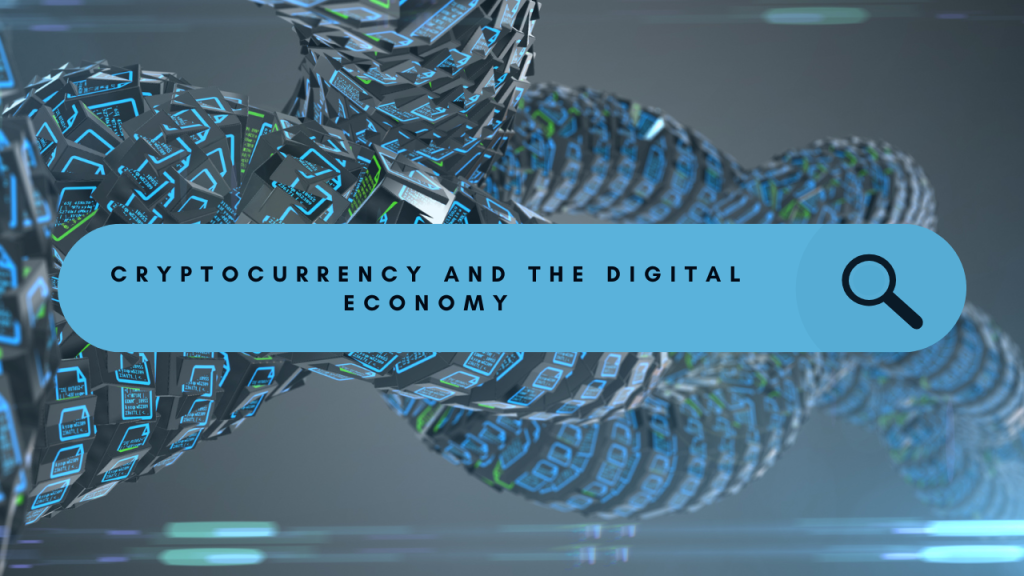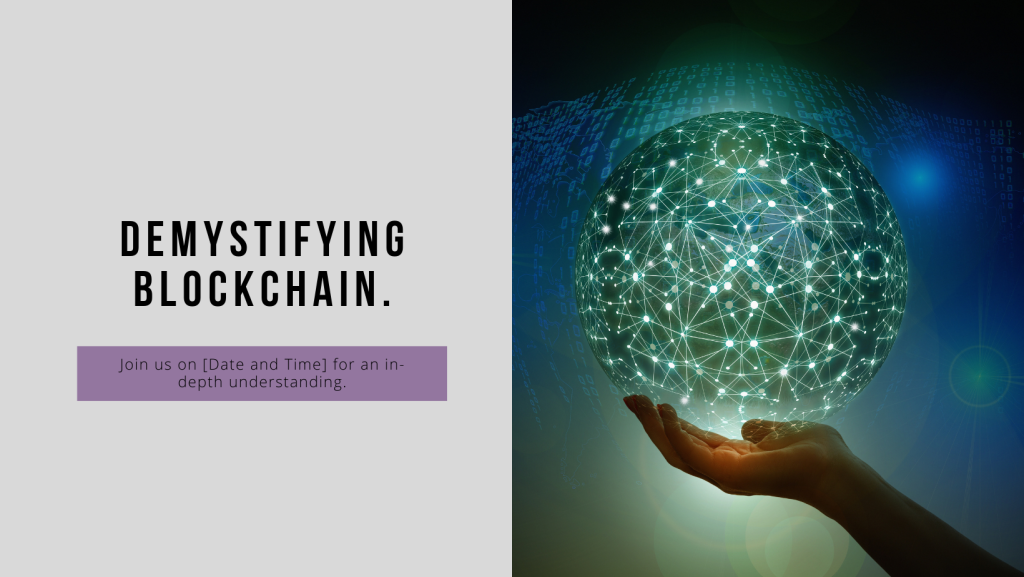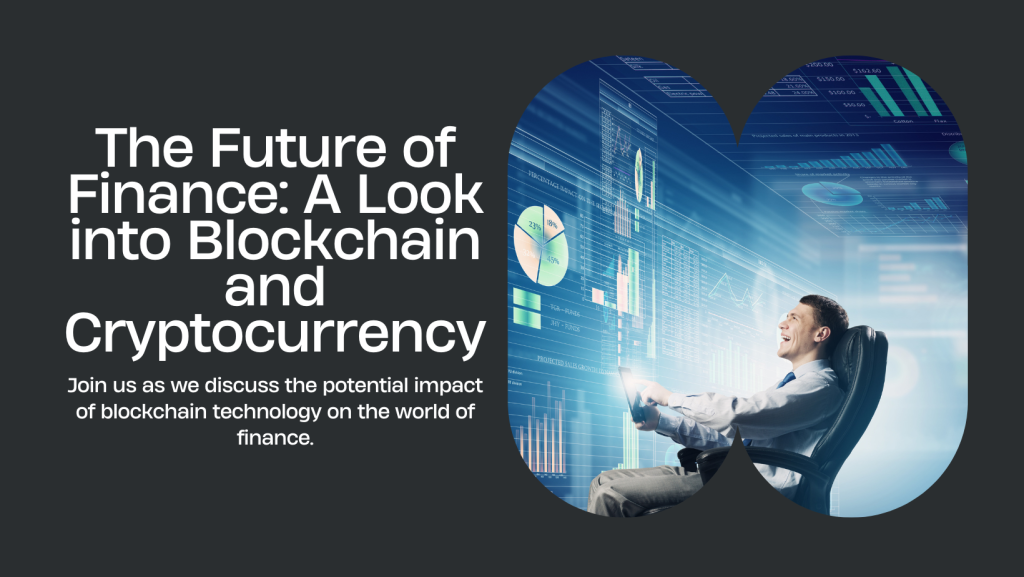Hackers now use a variety of strategies and tactics to breach networks, steal data, and interfere with operations in more complex cyberattacks. Organizations must comprehend the components of a cyberattack in order to recognize and stop such threats before they have a chance to do damage.
Hackers frequently employ social engineering as a strategy, coercing people into disclosing private information or allowing unauthorized access to networks. Phishing emails, pretexting phone calls, and even actual invasion of facilities are just a few ways that this might manifest itself. Social engineers can get past technological security measures and establish a foothold within an organization’s network by taking advantage of human psychology and trust.
Once on a network, hackers frequently use malware to stay persistent and accomplish their goals. Malware can take many different forms, such as worms, trojans, and viruses, each of which has unique capabilities and ways of spreading. Certain types of malware, like spyware or keyloggers, are made to steal confidential data, while others, like ransomware or botnets, are meant to cause disruptions or bring in money for the attacker.
Hackers may use malware and social engineering techniques in addition to software or hardware flaws to enter systems without authorization. These weaknesses may result from typographical mistakes, incorrect setups, or delayed application of security updates. Hackers can use these vulnerabilities, if found, to gain more authority, move laterally within a network, or steal data.
Organizations need to take a multi-layered strategy to cybersecurity that tackles both human factors and technical vulnerabilities in order to protect themselves from cyberattacks. To detect and stop malware infections and unwanted access, this entails putting strong security measures in place such firewalls, intrusion detection systems, and endpoint protection software. In order to reduce the likelihood that attackers may take advantage of known vulnerabilities, regular security upgrades and patches should also be implemented.
Programs for employee awareness and training are also crucial for teaching employees about the dangers of cyberattacks and equipping them with the skills necessary to spot suspicious activity. Organizations can lessen the impact of possible breaches and lower the probability of successful social engineering attacks by cultivating a culture of cybersecurity awareness and vigilance.
Remaining ahead of the curve in a constantly changing threat landscape necessitates constant attention to detail, flexibility, and cooperation amongst many companies and sectors. Organizations may improve their cybersecurity posture and lower the likelihood of a successful cyberattack by taking proactive steps to fight against prospective threats and by understanding the strategies and methods used by hackers.






